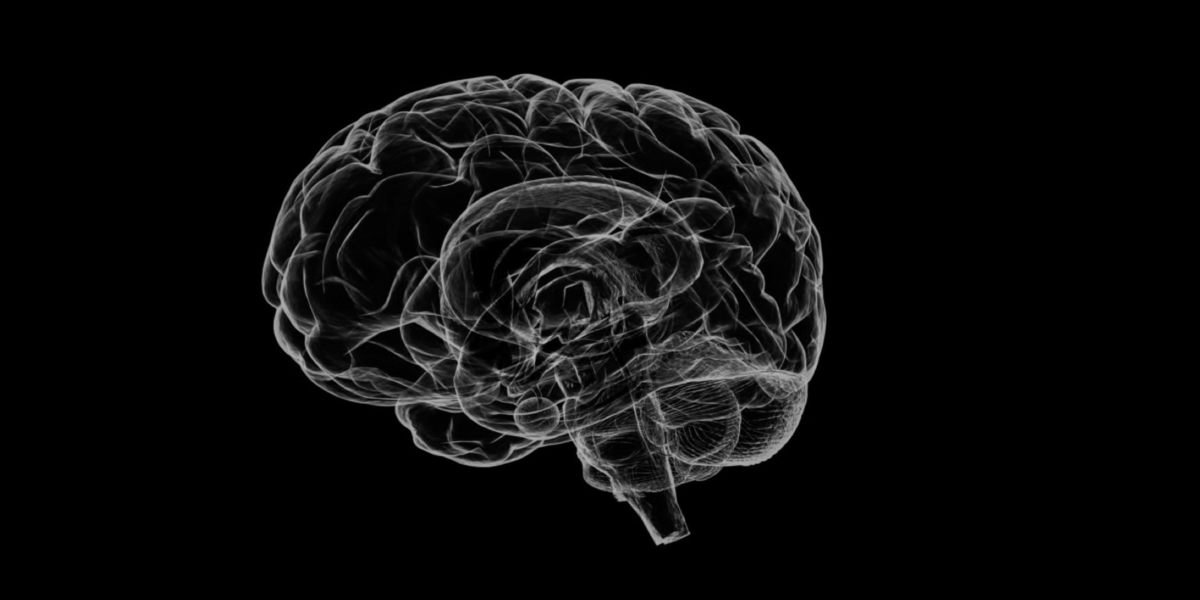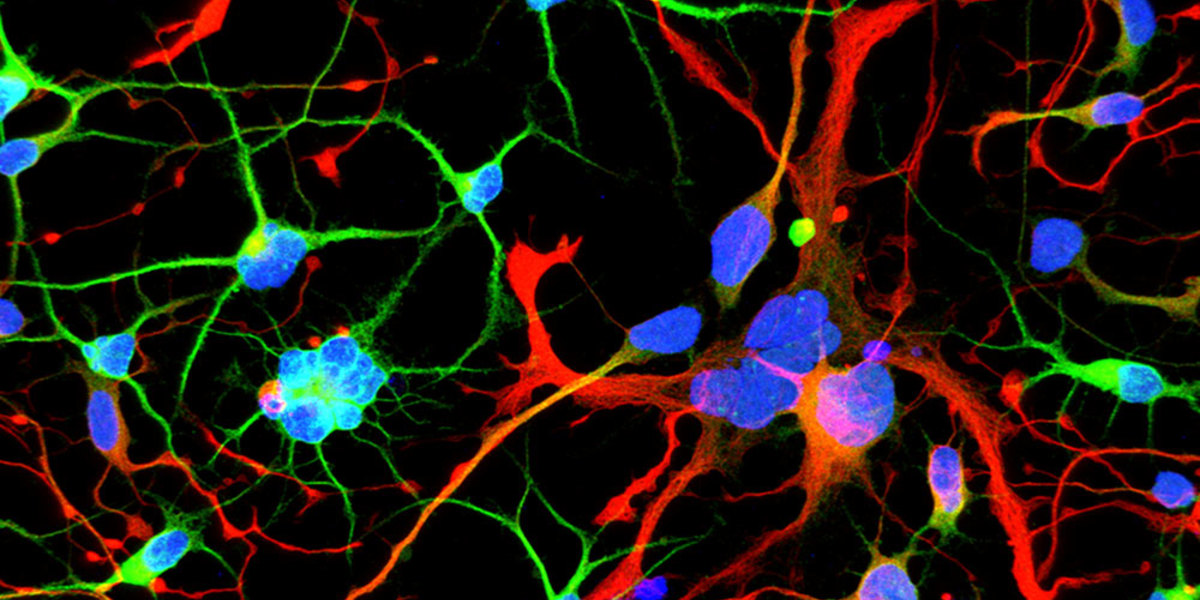
A CRISPR-based approach called “base editing” is being explored to develop a new potential treatment for Huntington's disease. Editing a single letter in the genetic code with base editing may be the key for delaying HD symptoms, maybe by a decade.

A genetically-tweaked Huntington's disease mouse model shows a tendency for the CAG repeat to grow, just like we see in humans with the mutation.

Another clue about the normal function of the huntingtin protein; a team of scientists has recently found that huntingtin seems to play an important role in repairing damaged nerve cells

A collaborative team of scientists from Canada and Japan have identified a small molecule which can change the CAG-repeat length in different lab models of Huntington's disease. #HuntingtonsDisease #DrugDiscovery

Exciting new Huntingtin Lowering work from @SangamoTx and @CHDIfoundation using "Zinc Fingers" to shut down expression of the mutant Huntingtin gene. More details on this exciting new technique here.

Finally, a big study that shows what childhood HD looks like. This will help us work out if new drugs work in children too

A surprising new paper sheds light on the role of the HD gene early in development. Should we worry?

What if some problems in HD were due to something other than a harmful protein?

New technology enables researchers to find ultra-rare mutations in the HD gene, distinct from the one causing HD